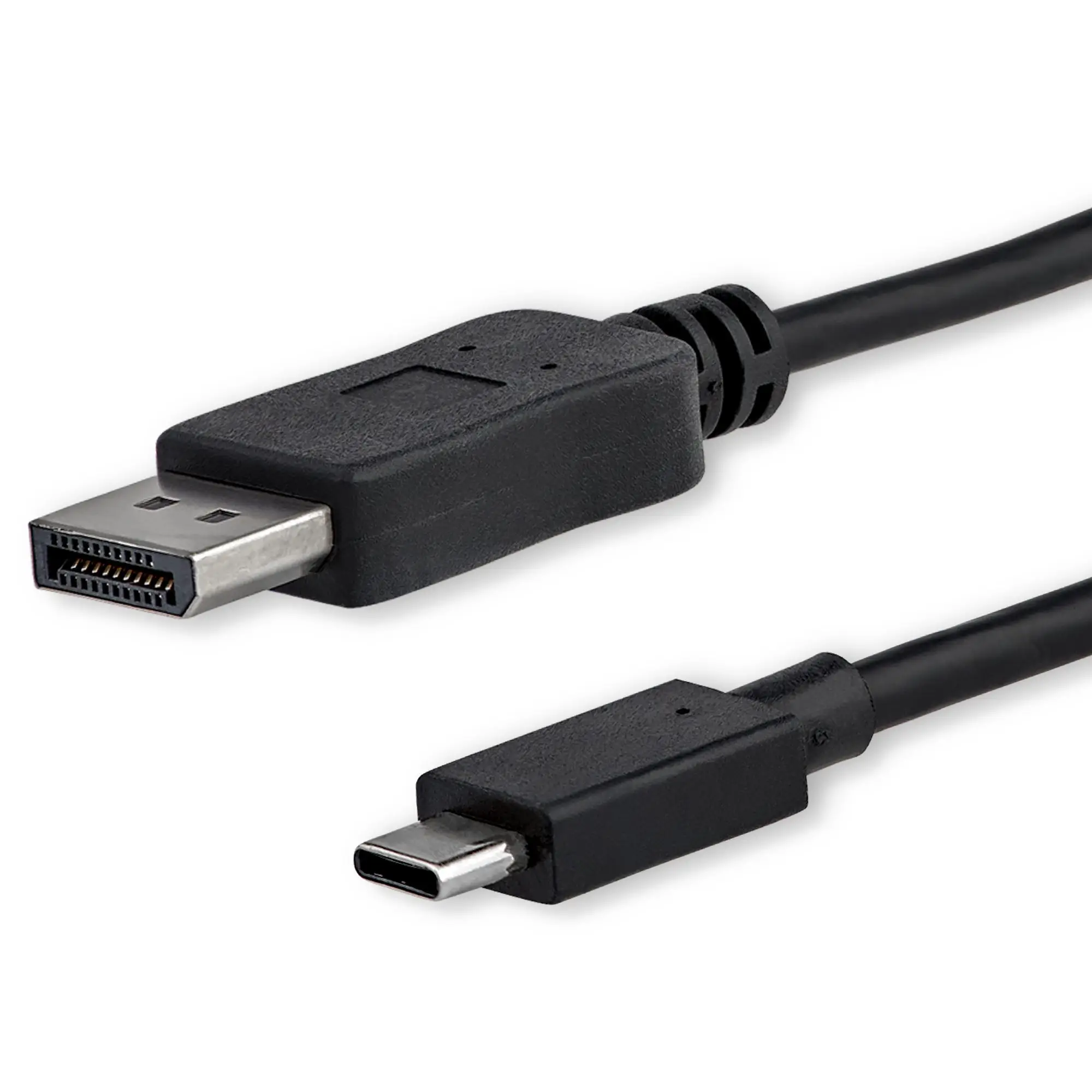How does a USB-C to USB to DisplayPort adapter work?


USB-C to USB to DisplayPort adapters are a popular accessory for connecting devices with different ports. These adapters allow you to connect a USB-C device to a DisplayPort monitor or projector, even if the device only has a USB port. But how exactly do these adapters work? In this article, we will explore the inner workings of a USB-C to USB to DisplayPort adapter and explain how it enables seamless connectivity between devices.
Understanding USB-C and DisplayPort
Before diving into the details of how the adapter works, it is essential to understand the two main technologies involved: USB-C and DisplayPort.
USB-C is a versatile and widely adopted connector that supports various protocols, including USB 3.1, Thunderbolt 3, and DisplayPort. It is a reversible connector, meaning you can plug it in either way, making it convenient and user-friendly.
DisplayPort, on the other hand, is a digital display interface primarily used to connect monitors and projectors to computers and other devices. It supports high-resolution displays and offers excellent video and audio quality.
How the Adapter Works
A USB-C to USB to DisplayPort adapter acts as a bridge between the USB-C port on your device and the DisplayPort input on your monitor or projector. It converts the USB-C signal into a DisplayPort signal, allowing you to transmit video and audio from your device to the external display.
Here is a step-by-step breakdown of how the adapter works:
1. The USB-C adapter is connected to the USB-C port on your device, such as a laptop or smartphone.
2. The USB-C port on your device sends a digital signal containing video and audio data.
3. The USB-C adapter receives the digital signal and converts it into a USB signal.
4. The USB signal is then transmitted through the USB cable to the USB port on the adapter.
5. The USB port on the adapter receives the USB signal and converts it into a DisplayPort signal.
6. The DisplayPort signal is then transmitted through the DisplayPort cable to the DisplayPort input on your monitor or projector.
7. The DisplayPort input on your monitor or projector receives the DisplayPort signal and displays the video on the screen.
8. If the adapter supports audio transmission, it will also send the audio signal to the monitor or projector, allowing you to hear the sound through the built-in speakers or external speakers connected to the display.
Benefits and Limitations
Using a USB-C to USB to DisplayPort adapter offers several benefits, including:
– Compatibility: These adapters allow you to connect USB-C devices to DisplayPort displays, regardless of the ports available on your device.
– Convenience: With a single adapter, you can connect multiple USB-C devices to a DisplayPort monitor or projector, eliminating the need for multiple cables or adapters.
– High-quality video and audio: DisplayPort supports high-resolution displays and offers excellent video and audio quality, ensuring a seamless viewing experience.
However, it is important to note that USB-C to USB to DisplayPort adapters have some limitations:
– Display limitations: The maximum resolution and refresh rate supported by the adapter may vary depending on the specific model. It is crucial to check the adapter’s specifications to ensure it meets your display requirements.
– Power limitations: Some USB-C to USB to DisplayPort adapters may not provide sufficient power to charge your device while in use. In such cases, you may need to connect your device to a separate power source.
Conclusion
USB-C to USB to DisplayPort adapters are a practical solution for connecting USB-C devices to DisplayPort displays. By converting the USB-C signal into a DisplayPort signal, these adapters enable seamless connectivity and high-quality video and audio transmission. Understanding how these adapters work can help you make informed decisions when choosing the right adapter for your needs. Remember to consider factors such as compatibility, resolution support, and power requirements to ensure a smooth and hassle-free experience.
Recent Posts
How do I create an engaging and informative online quiz or assessment?
Creating an engaging and informative online quiz or assessment can be a powerful tool for… Read More
What are the most effective methods for managing and reducing work-related stress in the hospitality industry?
Work-related stress is a common issue in the hospitality industry, where employees often face long… Read More
How can I improve my assertiveness and communication skills in a leadership position?
In a leadership position, assertiveness and effective communication skills are crucial for success. Being able… Read More
What are the key elements of a successful employee recognition and rewards program?
Employee recognition and rewards programs play a crucial role in motivating and engaging employees, as… Read More
How do I effectively manage and respond to customer feedback and reviews?
Customer feedback and online reviews play a crucial role in shaping a company's reputation and… Read More
What are the best strategies for effective time management as a stay-at-home parent?
Effective time management is crucial for stay-at-home parents who juggle multiple responsibilities on a daily… Read More